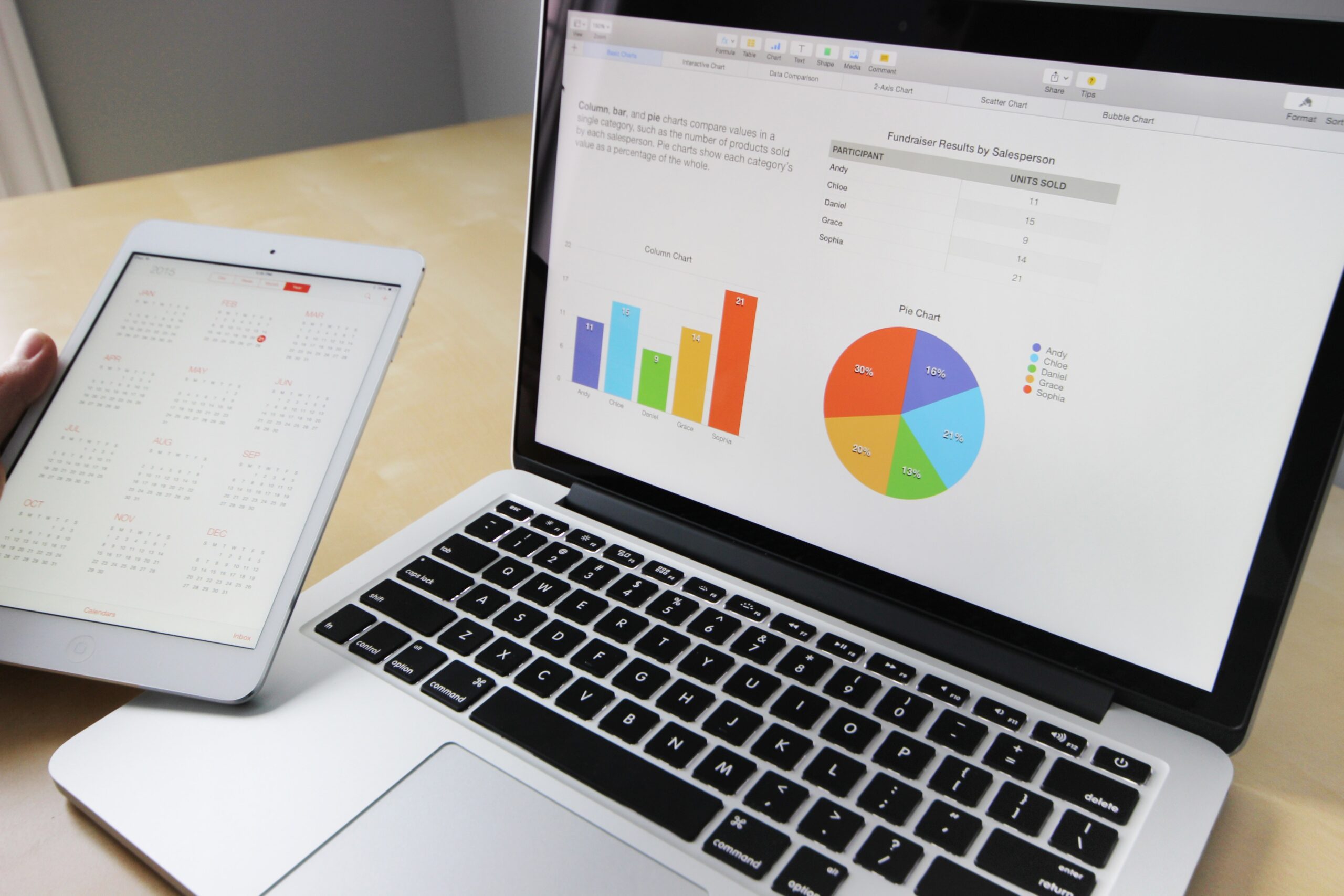Real Assets are tangible assets that have natural value because of their material properties. And examples include metals, materials, land, factory, building, and infrastructure assets. They can increase the value of an investor’s portfolio by increasing returns and various risks. As they have lower interactions with other categories of financial assets such as stocks and mortgage bonds. They urge investors as they provide better returns, fencing against inflation, lower covariance. And equity investments, and tax benefits as they may want to reduce commodity prices.
Definition
Assets can be divided into different categories such as real estate, financial, etc. They have a certain internal value to a company or a trading investor. As it can be sold for cash and then treated as an asset. Intangible assets do not have a material type such as products, patents; trademarks but the type holds value in any business entity; as it brings support in the form of customers and adds favour.
in the business because of the ownership of the product by which it identifies itself in the market and distinguishes it from others in the market. Financial assets are liquid goods that are copyrighted in the amount paid by any company.
Stocks, long-term debt bonds, bank deposits, or cash are ancient examples of financial assets. Many companies hold a combination of tangible and intangible assets. For example, a company might own a car with an engine, a factory, and a building. However, it may contain some intangible assets such as patents, trademarks, and intellectual property rights. Finally, a company may have an investment in its subsidiaries, which may be called a financial asset. The combination of goods provides a good fence against market risks as tangible assets move in the opposite direction than financial assets. Real assets offer more stability but less money compared to financial assets.
Example of Real Assets
For example, the company owns real estate, many cars, and office buildings are real assets. However, a brand name is not a real asset, even if it has a market value. From an investor’s point of view, real assets are assets that provide a wall against inflation, fluctuations in inflation, and other aspects of the economy.
.
Real Property vs. Financial Assets
Financial assets include stocks, bonds, and currencies, while real assets are real estate, infrastructure, and assets. Property is the backbone of economic life, which enables us to build wealth.
Financial assets are very liquid assets that can be cash or can be quickly converted into cash. Includes investments such as stocks and bonds. A key feature of a financial asset is that it has a certain economic value that is easily identifiable. However, in itself, it has a lower internal value.
Real Assets, on the other hand, are financially driven assets owned by the company. It includes land, buildings, cars, or property. Their unique feature of them is that they have an internal value in themselves and do not depend on trading to have value.
The similarity between real and financial assets is that their value depends on their ability to generate cash flows.
The difference between them is that real assets are less liquid than financial assets as real assets are harder to trade, and have less competitive exchange and efficiency. They are heavily dependent on location, while financial assets are highly mobile, making them independent of their location.
Benefits
- Real assets have a fixed value compared to financial assets. Inflation, inflation, macroeconomic factors have a greater financial impact than real.
- It has strong negative relationships with financial markets
- They do not depend on the volatility of financial markets. It is a profitable investment method for a variety of risks and offers a profitable, unrelated or dependent financial market.
- They are an excellent barrier to inflation. When the price rise is up, product prices will rise.
- Unlike the money market, the real estate market is riddled with inefficiency. There is a lack of information that makes the chances of making a profit higher.
- It can be used when real goods can be purchased on credit.
- Cash flow from real estate such as land, crops, and real estate projects provide sound and consistent revenue streams for investors.
Disadvantage
It has high transaction costs. When we buy stocks or stocks, transaction costs are low. But when you buy it, the transaction costs are very high. Transaction costs can affect the value of the investment and it may be difficult to make a profit. It has low liquidity.
Unlike financial assets that can be traded in a matter of seconds, these assets have relatively little liquid as large real estate and construction assets can be easily traded without significant value losses.
In the sale of real estate at a higher price, tax revenue is applicable. A property sold within three years of purchase will be subject to a short-term interest rate, but if sold after three years, the long-term interest rate applies.
A large asset to purchase requires significant investment. Due to the high cost of buying and selling it becomes a challenge. This is why people often rely on borrowed money to buy real goods.
They also have higher repair costs than other types of equipment. Investing in it is illegal
and it closes a large amount of money, which is difficult to redeem.
Conclusion
It provides stable and stable income to its investors, increasing returns and various risks, which in many ways, balance investor portfolios as real assets have negative relationships with other assets. But it does require huge investments and other hazards.








